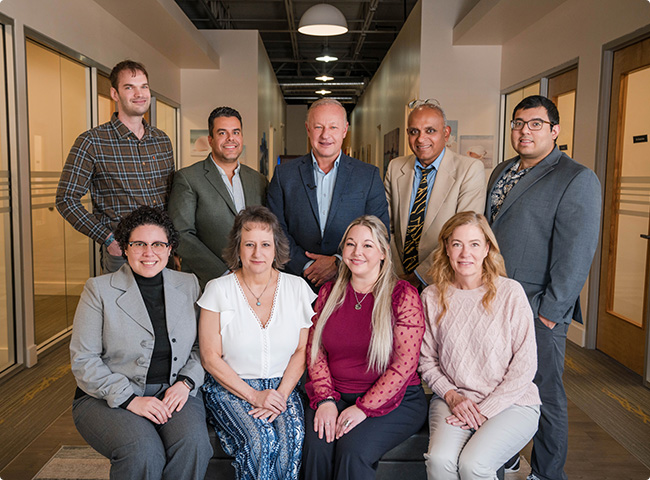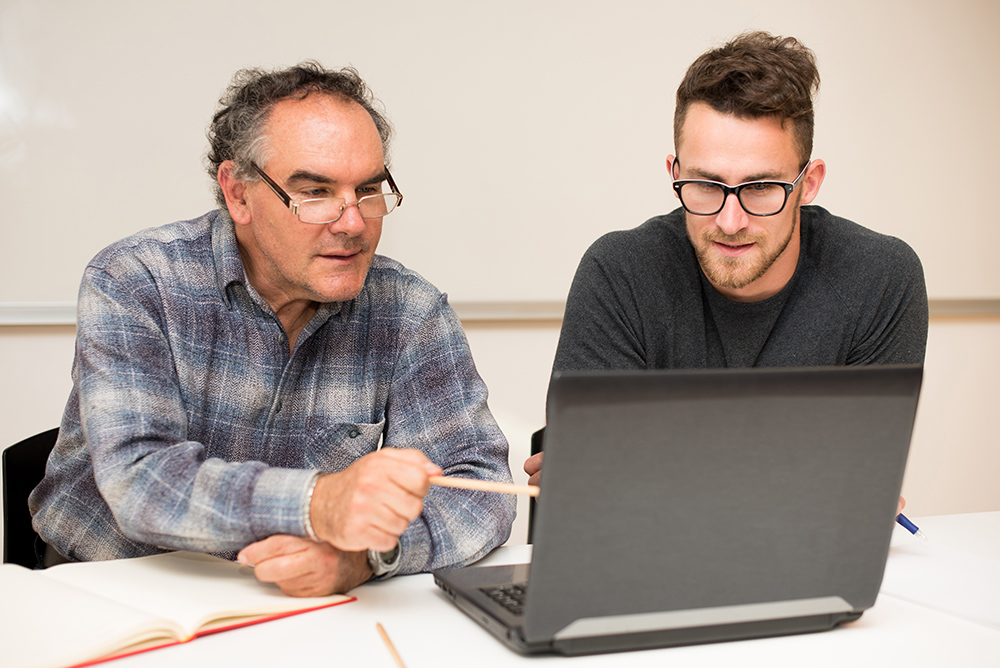The #1 Choice for USMLE
& COMLEX Test Prep
- Available In Person & Online
- Effective for ALL Learning Styles
- One-On-One Tutoring with MDs & DOs Only
- 98% Pass Rate
USMLE & COMLEX Test Prep You Can Trust
We are proud to offer all levels of the USMLE and COMLEX exams. Every member of our staff is a past program participant who has taken and PASSED the exams.
Have questions or unsure which program is right for you?
Speak with a program representative.
About Dr. Wolf
Dr. Hans Wolf is a dedicated educator, medical professional, and practicing physician who brings passion to the field of medical education. As the visionary behind WOLFPACC, he is committed to redefining the learning experience by prioritizing understanding over memorization. With a wealth of experience in both clinical practice and academic medicine, Dr. Wolf aims to help students uncover the intricacies of medicine, fostering strong clinical reasoning skills to support their future success.
Throughout his career, Dr. Wolf has held esteemed positions, including Interim Dean of Academic Affairs, visiting professor roles, and engagements with various MD and DO programs around the globe. His diverse experiences, from medical missions to academic settings, have equipped him with invaluable insights that he generously shares with his students. His innovative Power 5 methodology, developed over many years, fundamentally changes how students prepare for the USMLE and COMLEX exams by shifting the emphasis from rote memorization to achieving true medical mastery.
Dr. Wolf believes that the pursuit of medicine should be an inspiring and fulfilling journey rather than merely a test of endurance. His mission is to empower future physicians with the knowledge, skills, and confidence necessary to not only succeed in their exams but also to flourish in their careers. Through WOLFPACC, he continues to leave a meaningful impact on students, fellow physicians, and the patients they will one day serve.

We Guarantee
You’ll Pass
Our 8-week in-person programs come with an Ironclad Guarantee.
- No Exceptions.
- No Fine Print.
- No Prequalifications.
Unlike other programs, we don’t discriminate against language barriers, learning disabilities, or anxiety disorders. We’re here to help EVERY student succeed.

The WOLFPACC
Difference
Other programs focus too much on memorization. At WOLFPACC, we’re all about application. We’ll teach you the why behind the material so you can apply it confidently in a clinical setting. We don’t just prepare you for an exam—we prepare you for a successful career.
- Guaranteed Success
We have a 98% success rate for everyone enrolled. Unlike other programs, we don’t need to manipulate the numbers. - Personalized Learning
Up to 40 hours of one-on-one tutoring, small class sizes, and custom study plans tailored to each student’s strengths and weaknesses. - Inclusive & Supportive
No discrimination against language barriers, learning disabilities, or anxiety disorders that may impact test performance. - Focused on Your Future
We’re committed to helping every student, regardless of their medical school, become a confident and competent doctor.

Unparalleled
One-On-One Tutoring
At WOLFPACC, we ensure you’re never alone in your journey. Our personalized tutoring provides immersive learning with dedicated instructors who have been in your shoes. We provide the focused attention you need to master the material.
- One-on-One Expert Support
Every student will receive one-on-one tutoring (12 hours for 4 week programs and 40 hours for 8 week programs) with MDs/DOs committed to their success. - Targeted Exam Prep
Tutors focus on questions specific to your exam level and weaknesses with the material. - Master Question Interpretation
Avoid getting tricked by semantics in the vignettes. - Application-Based Learning
Develop skills to apply your knowledge, not just memorize material. - Overcome Test Anxiety
Learn strategies to manage stress and improve focus so you can build confidence around taking the exam.
The Power 5 Methodology:
Often Imitated, Never Duplicated
Dr. Hans Wolf is the pioneer behind our proven Power 5 methodology—an approach that sets the standard for effective learning. While others have attempted to replicate it, no one delivers it with the expertise and impact of Dr. Wolf and the WOLFPACC team.
Learn to Apply, Not Just Memorize.
Our methodology emphasizes real-world application over rote memorization.
Concept-Based Learning.
Focus on fundamental principles that never change, ensuring long-term retention.
Immersive & Engaging.
Every lecture is designed to cater to both visual and auditory learners for a deeper understanding.
Understand, Don’t Just Recall.
Master the why behind the material to build critical thinking skills.
Diagnostic Thinking.
Learn how the body functions and reacts, so you can diagnose with confidence instead of relying on memorization.
Smarter Learning for Lifelong Knowledge.
Retain information effectively and apply it when it matters most.
Tailored Learning,
Lasting Knowledge.
For over a decade, WOLFPACC has proudly supported medical students and physicians from the U.S., Caribbean, and Europe in achieving remarkable success in their USMLE and COMLEX test preparation. Our structured program emphasizes face-to-face interaction with experienced instructors and fellow learners, promoting a deeper understanding of medicine through high-yield concepts rather than mere rote memorization.
At WOLFPACC, we offer more than just exam preparation; our innovative approach is designed to equip you with the knowledge, tools, and skills necessary to excel not only in your examinations but also throughout your medical career. We are dedicated to fostering the growth and success of future healthcare professionals.
Hear From Our Students
Learn Smarter.
Remember Longer.
Interested in learning more about our programs?
Simply fill out the form below and a program representative will contact you for a free consultation.



